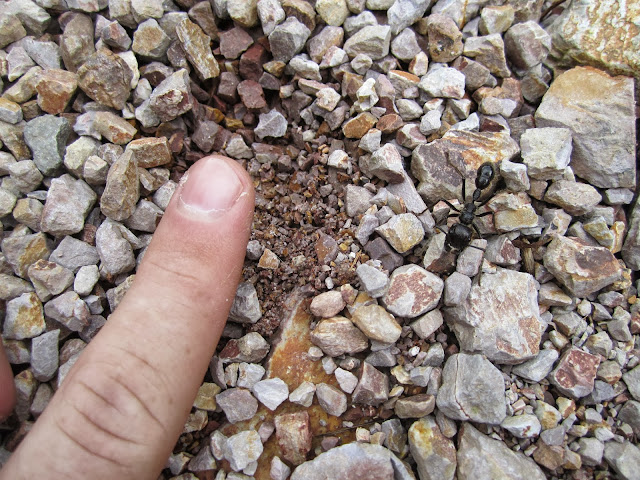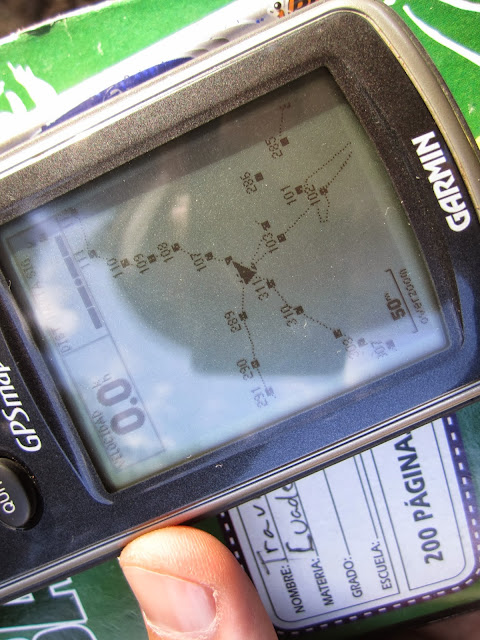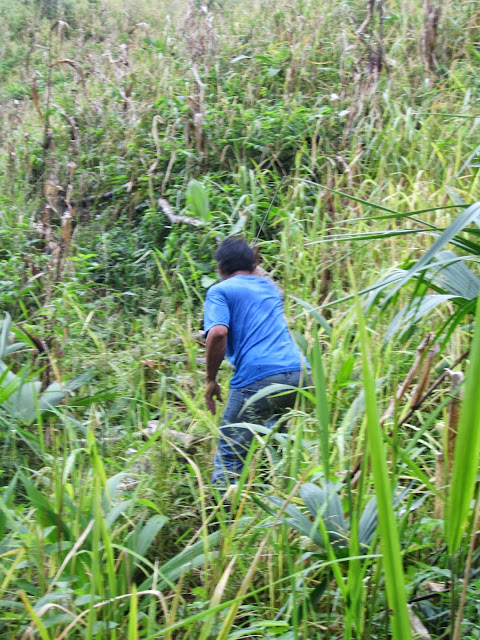 Ever since
my first thoughts of trash in Panama, I’ve been giving a
second thought to each item before I toss it away. It’s much more difficult to
throw it in the trash when I can see it sitting in the trash pile next to the
latrine for the next two years of my service, and then many more years after
that. I’ve decided I can do my small part to start a cycle instead of a direct
shot from shelf to consumption to trash pile. I’m going to post every so often
ideas I get to reduce, reuse, and recycle. To see other posts similar to this,
check out the tag on this post titled
‘reduce reuse recycle.’
Ever since
my first thoughts of trash in Panama, I’ve been giving a
second thought to each item before I toss it away. It’s much more difficult to
throw it in the trash when I can see it sitting in the trash pile next to the
latrine for the next two years of my service, and then many more years after
that. I’ve decided I can do my small part to start a cycle instead of a direct
shot from shelf to consumption to trash pile. I’m going to post every so often
ideas I get to reduce, reuse, and recycle. To see other posts similar to this,
check out the tag on this post titled
‘reduce reuse recycle.’
Glass
Bottles
Ants can
chew through plastic; however I’ve never seen an ant get through a glass
bottle. I’ve started accruing several
glass bottles from all the hot sauce I use. Once the bottle has been used,
simply clean it out with some soap and water, let it dry, and now the bottle
can be used for salt (add some rice from keeping it sticking together and use a
hot sauce bottle with a small plastic opening to stop the rice from coming out), other spices,
sugar, or if you decide to start making your own, alcohol or sauce in site.
It’s an absolute
pain in the butt to hike drinks into site, it’s much easier just to get flavor
packets and pour them into your bottle of water. These packets however pile up
quickly. I’ve started using them to keep moisture out of my plastic containers
which house such things as my electronics and notebooks. You’ll need a knife,
rubber bands or string, rice, and an empty drink packet. First, make yourself a
drink and empty out the drink packet completely, then rinse it out with some
soap and water to get rid of the rest. Pour rice in almost to the top, fold the
top of the packet down, and wrap it up. Poke several holes in the sides of the
packet. The rice is rather large and won’t go anywhere. That’s it. Put it in a container and you’ve
got a moisture absorbing packet. They may have to be replaced over time and you may
need a larger quantity depending on how humid or how large the container is.
I’ve just started experimenting with these so feel free to share your
experiences.


































